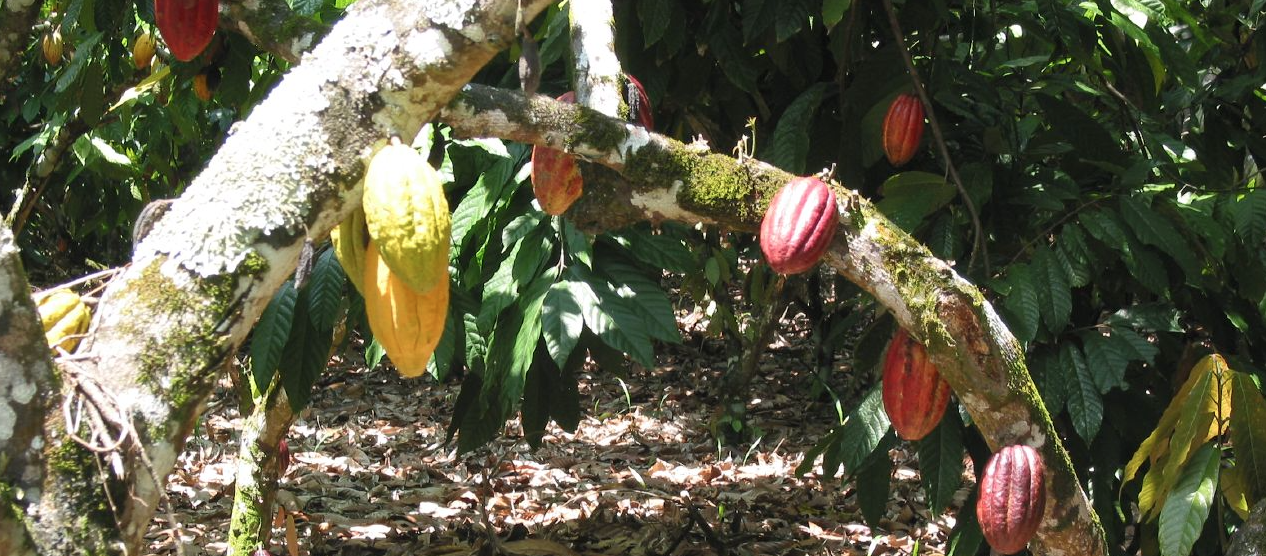Smithsonian Magazine
Image: edhi
The countdown to the chocolate apocalypse has begun—or has it? Last November the world was awash in news reports warning that supplies of chocolate will fall behind demand in just five years, with a deficit of one million metric tons. While industry groups debate just how dire the situation will really become, few would disagree that chocolate growers face increasingly challenging times.
For starters, China and India are learning to love chocolate, and demand in these massive markets might be growing at twice the global rate, putting pressure on production. Meanwhile, cacao farmers have to deal with a heavy disease burden. Collectively, the various viruses and fungi that attack trees and their beans lead to production losses on the order of 30 to 35 percent each year, says Andrew Daymond at the International Cocoa Quarantine Centre in the U.K. Throw in climate change, and things get even more chaotic. Analyses by the International Center for Tropical Agriculture (CIAT) in Colombia suggest that some regions of West Africa—the source of most of the world’s cocoa beans—are getting too hot to support cacao trees. If nothing changes, we can expect a decrease in production in coming decades, says Peter Läderach, senior climate change specialist at CIAT.
In response, scientifically backed breeding programs have been developing hardy new cacao trees that are disease-resistant, drought-tolerant and more productive. As clones of these trees roll out across the tropics, farmers should be able to produce more beans while losing less of their crop to environmental problems. Read more on the Smithsonian website…








